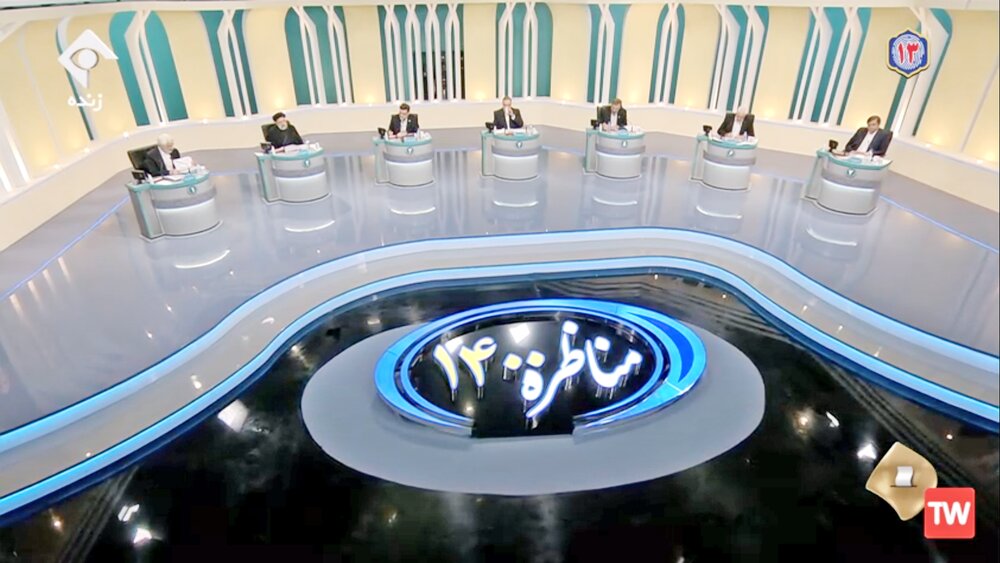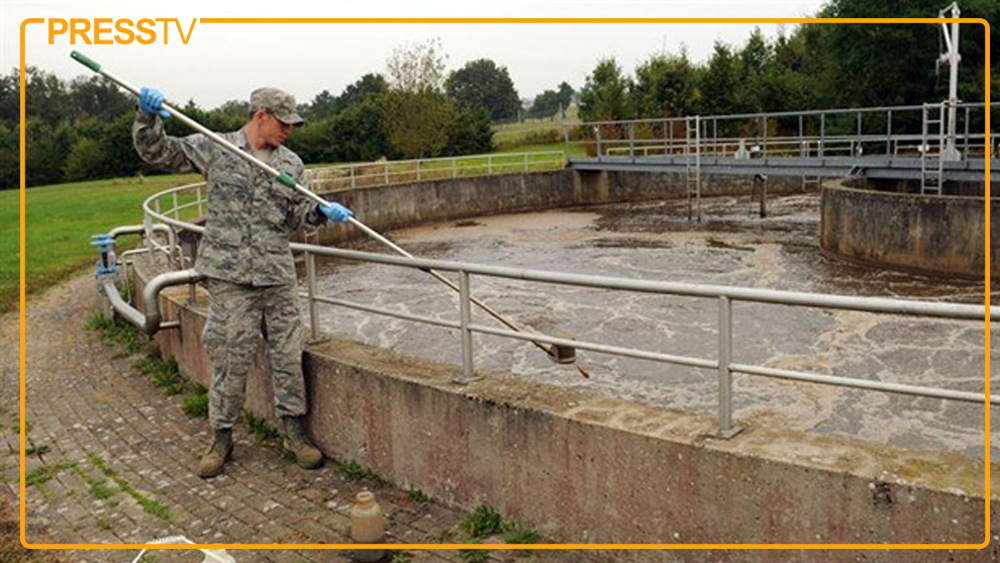US command center shift TEHRAN (IRANNEWS) – For 13 years, the US has used a single building in Qatar to command fighter jets, bombers, drones and other Air Force assets in a region that stretches from Northeast Africa through the Middle East to South Asia. And yet on Saturday, as 300 planes were up in […]
US command center shift
TEHRAN (IRANNEWS) – For 13 years, the US has used a single building in Qatar to command fighter jets, bombers, drones and other Air Force assets in a region that stretches from Northeast Africa through the Middle East to South Asia.
And yet on Saturday, as 300 planes were up in the air in key areas such as Syria, Afghanistan and the Persian Gulf, hundreds of seats at the combined air and space operations center at Al Udeid Air Base in Qatar sat empty.
Instead, the airpower of the US and its allies was being controlled by teams at Shaw Air Base in South Carolina — more than 7,000 miles away. Though the move was temporary — Al Udeid took back control on Sunday after 24 hours — it was a significant tactical shift, The Washington Post reported.
The unannounced operation was the first time US command and control had been moved out of the region since the center was established in Saudi Arabia during the 1991 Persian Gulf War.
While US Air Force commanders say moving functions to a different base was a long-held ambition enabled by new technology, it comes amid renewed tension with Iran, a country that lies a couple of hundred miles across the Persian Gulf from Al Udeid.
“The functions that the CAOC provides for airpower are so critical and so essential that we can’t afford to have a single point of failure,” said Maj. Gen. Chance Saltzman, using an initialism for the center.
“Iran has indicated multiple times through multiple sources their intent to attack US forces,” said Col. Frederick Coleman, commander of the 609th Air and Space Operations Center.
“Frankly, as the war against ISIS winds down and as we continue to work through a potential peace process in Afghanistan, the region is calming down and potentially more stable than it has been in decades,” he said. “Except for Iran.”
Analysts say that if a conflict with Iran were to break out, it’s likely the combined air and space operations center at Al Udeid could be targeted and there is little guarantee that it could be defended.
“It doesn’t take a whole heap of imagination to look at it and think, if push came to shove and it was a full-blown conflict, it would be one of the priority targets,” said Douglas Barrie, a senior fellow specializing in aerospace at the International Institute for Strategic Studies in London.
US command center shifts included deploying formidable fighters such as F-35s from their home base at Al Dhafra in the United Arab Emirates to bases in Saudi Arabia and Qatar — movements that require considerable logistical coordination, given that support staff such as maintenance teams need to travel, too.
Byron Pompa, AFCENT operations director at Al Udeid, said moving facilities and equipment often could compensate for not having a huge footprint across the region.
“In times like today,” he said, “we can’t have a ton of permanent-fixture operating bases throughout the area of responsibility.”
“Our goal is deterrence,” Saltzman said, not conflict. The US has to use other measures, he said, including turning off radar from time to time or planning flight routes to make it clear it does not intend to attack.
The aim of US command center shift now is to run the center remotely once per month and to remain the rest of the time at Al Udeid. Commanders want to work up to a schedule in which the center is operated remotely for eight hours of every 24-hour period, either at Shaw or elsewhere.
Officials at Al Udeid said there was no plan to close the center permanently. They said some functions there could not be replicated remotely. But they plan to transfer some of the 800 positions to US soil in the future.
- source : Tasnim, irannews






























